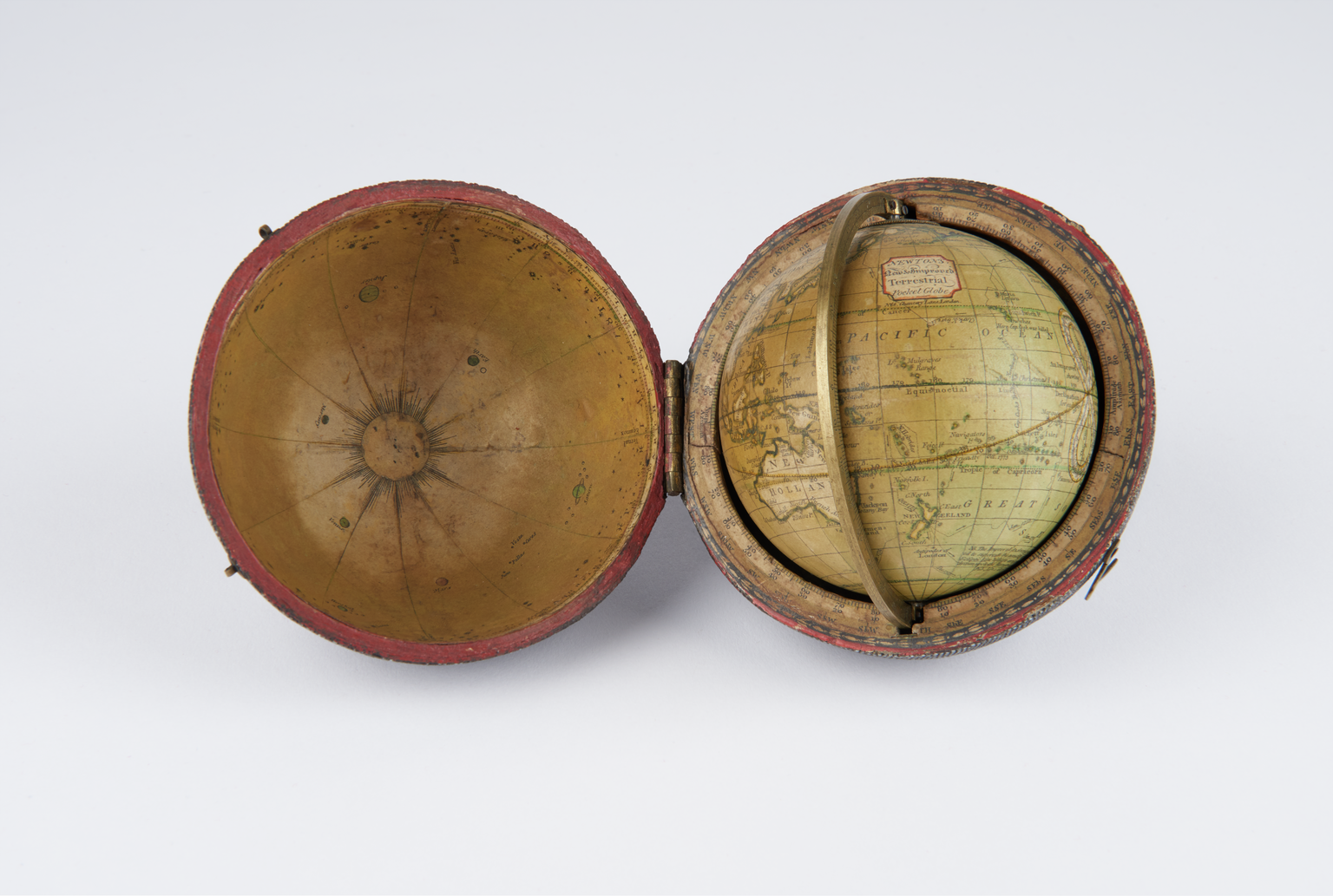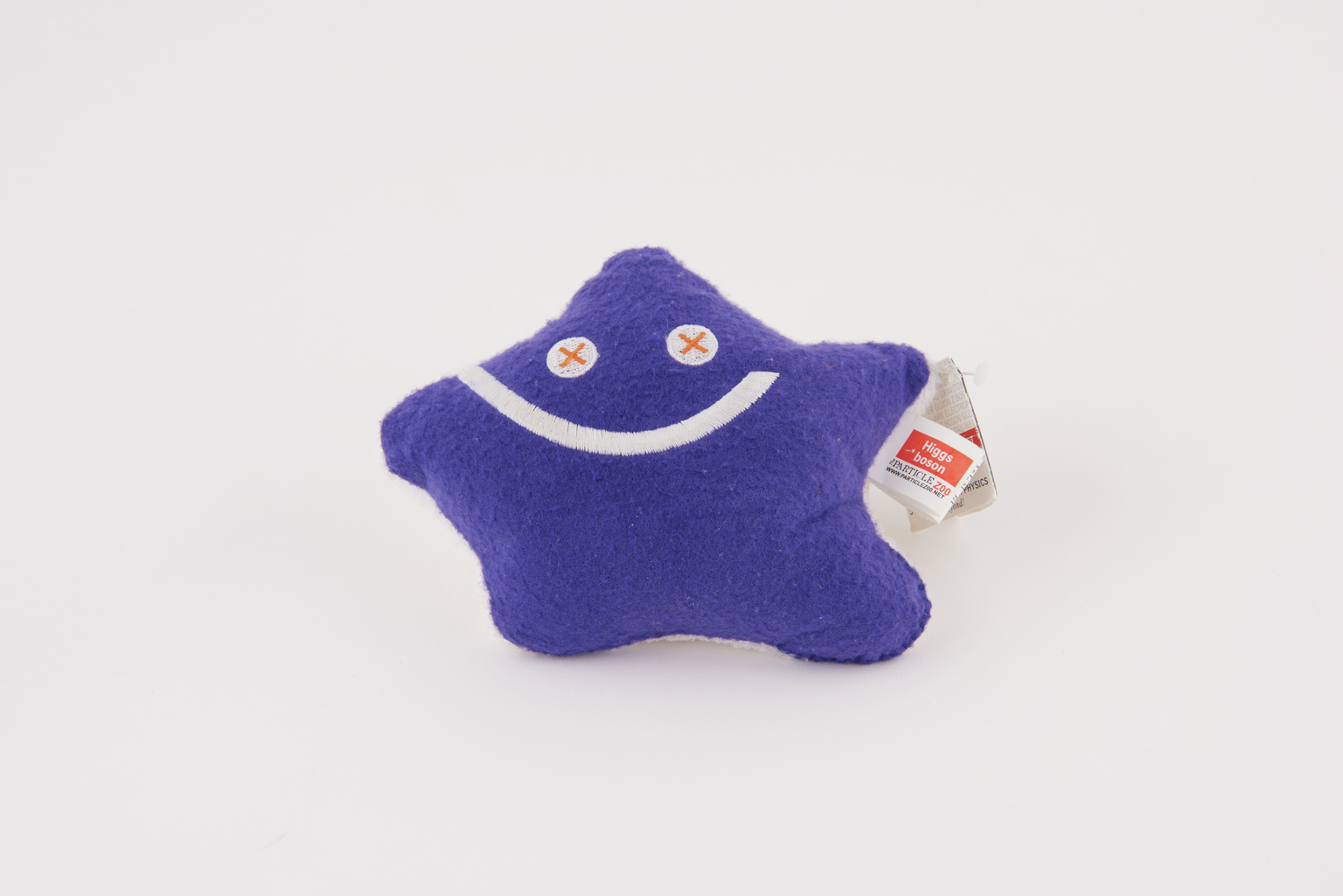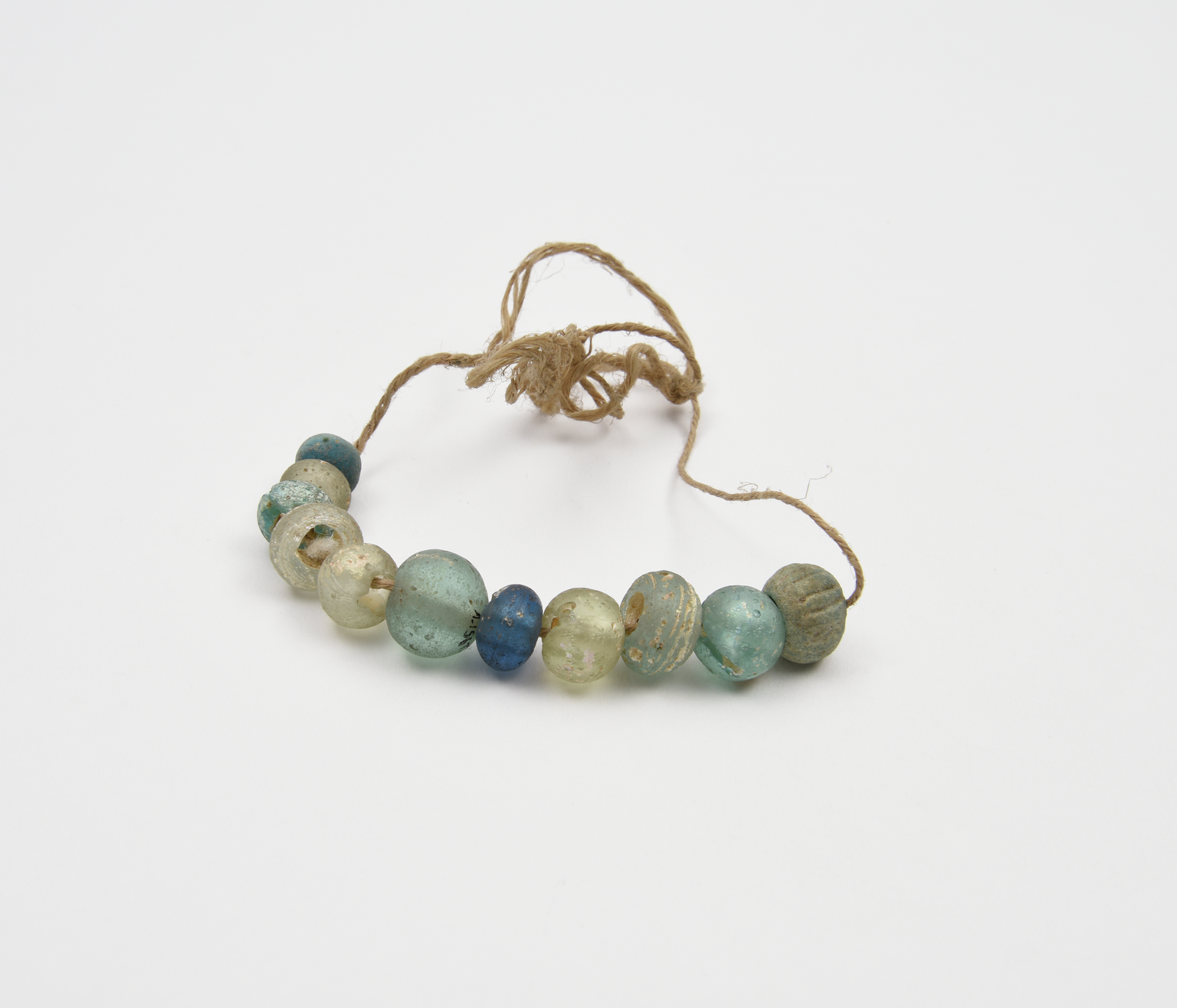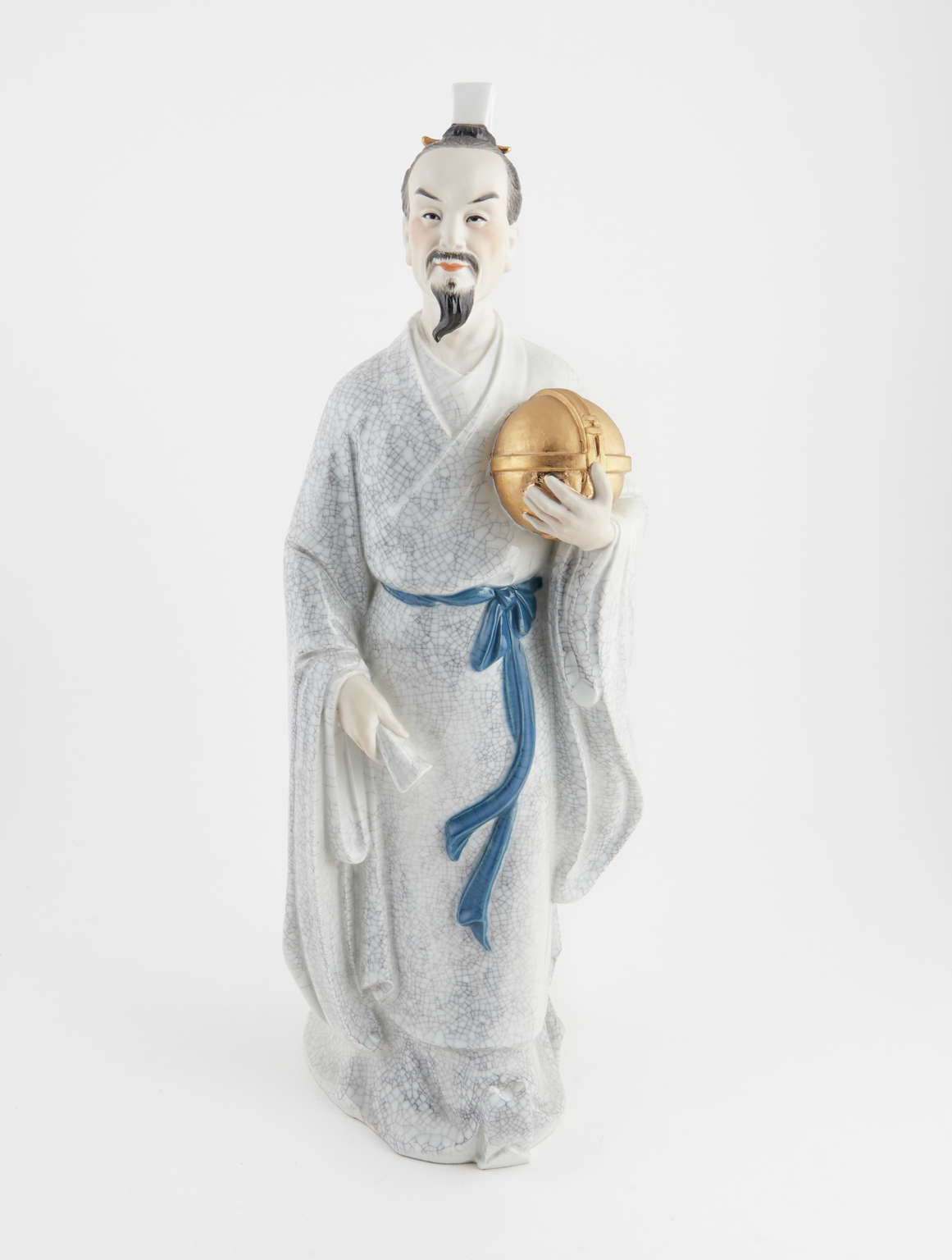At the Blythe House object store in west London, over 50 people are working hard to study, record, digitise, pack and transport 300,000 incredible items from the Science Museum Group Collection to their new home at the National Collections Centre in Wiltshire which will open regularly to the public from 2023.
This blog series goes behind the scenes with the teams making this ambitious project happen.
We – Aimee, Charlotte, Judit, Luca, Mateusz, Monika, Patrick and Pete – are the photography team.
After the Hazards and Inventory teams have checked studied each object, our job is to photograph each item so the images can published in our online collection.
But instead of bringing the objects to the photography studio, we take the studio to the objects. By working inside (or just outside) the 100+ rooms the collection is stored in with mobile studios, we can photograph objects as quickly as possible and reduce any risks to the objects by disturbing them as little as possible.

We use full frame DSLR cameras (Nikon D810) with macro-, wide angle and standard lenses, tripods, studio flashlights, lighting tents, laptops, reflectors and some creative lighting tricks to show the individual features of each object.
It is a long list of equipment, but this mobile studio can be packed away into a trolley and moved to the next location with ease to photograph the next exciting object. Our process involves careful handling of the object we are photographing and using lighting to make sure the object on your screen looks just as good as it does in real life.

Each object has a barcode (thanks to the hard work of the Inventory team) and by scanning the barcode we can ensure the correct object information is attached to each photograph’s metadata, making this admin task as fast as the blink of an eye.
The barcode is printed on a label carefully attached to each object, which also includes the object number and, when needed, information about potential hazards.
Although the labels are important, they are not photogenic so they must be removed and reattached for each object. Our wonderful digitisation volunteers help with this, ensuring the right label goes back on the correct object.

Once the barcodes are scanned, the photograph is taken of the object at an angle against a white background to make sure any important features on the object are visible in the final photograph.
Excitingly, we’ve now published over 50,000 images of the Science Museum Group Collection online, including photographs of amulets, surgical instruments, stethoscopes and typewriters.
You can even see a different image each time you open a new browser tab.
With hundreds of new photographs published each month, we’ve picked a few of our favourites to share with you.

Charlotte picked a pocket terrestrial globe made by J. & W. Newton around 1817. She enjoyed reading all the names of the countries as she photographed it – ‘it is almost like reading a history book’.
If you look closely you can see Australia is called New Holland and hidden inside the case Uranus is called Herschel!
Aimee’s favourite object is a porcelain figure of Chang Heng (78-139AD). Aimee enjoyed photographing this object as she could look closely at its beautiful detail.
One of Judit’s favourites is a Higgs Boson cuddly toy:
‘It is not just the fact that this object is very cheerful to look at, but this particular toy was carried by LHC ATLAS physicist Dr Aidan Randle-Conde in the queue for the historic announcement about the discovery of the Higgs Boson at CERN in 2012. It’s one of the best parts of our job to be able to photograph objects which have such great stories to tell.’

Luca’s favourite was these Roman glass beads.
‘I picked this object because it gives an idea of the kind of jewelry people wore almost 2,000 years ago. It’s incredible this bracelet is still beautiful and in good condition. I can’t believe I had the honour to photograph something so fragile, delicate and precious.’

We shared a few highlights from the thousands of images taken by the team on Twitter.

